L&Y COMPOUNDS
The 4‐6‐0 Compounds designed for the Lancashire & Yorkshire Railway by George Hughes have passed into history – J. CROSSE revisits this attractive class.
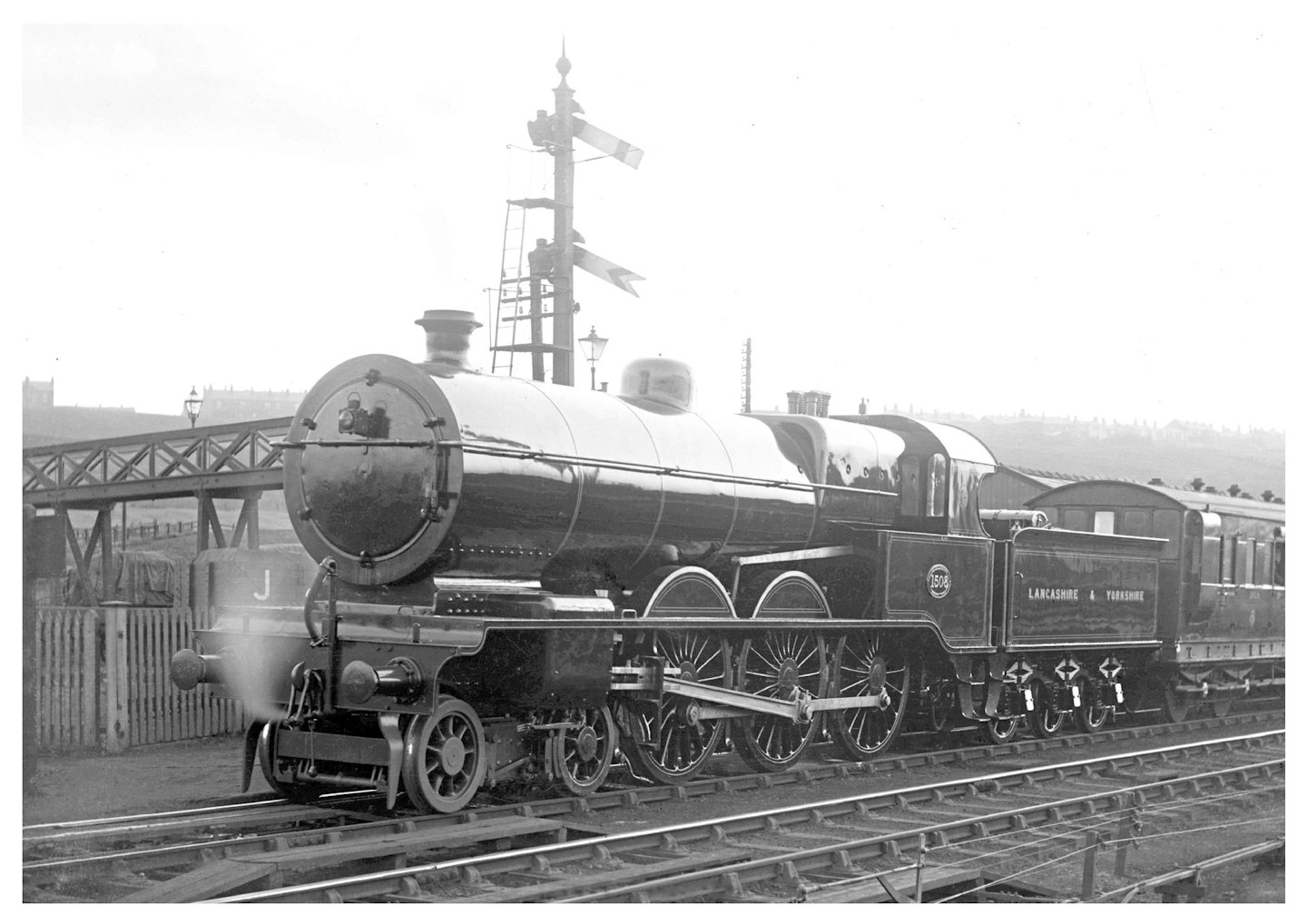
Nostalgia is all about recalling events, usually from one’s youth, that conjure up a picture of something enjoyable and an event that would be good to either be able to relive or recreate. Our heritage railways have made an art form out of this, but it is evident that they have to move with the times – when the first preserved lines opened, many painted their engines in pre-nationalisation liveries, by then to be seen only some 25 years earlier in their customers’ memories. Today, most at least have a strong portrayal of the mid to late 1960s with the growing popularity of diesel galas showing that time never stands still.
Classes of locomotives remembered by our forebears may not even be recognised by enthusiasts today, such as the Great Western ‘Bulldogs’, the Southern ‘N15X’ class or the various ‘Atlantics’ inherited by the LMER, while the discovery recently of a picture of a locomotive carrying the identity 50455 raised the question ‘What is, or was, that?’ While the enthusiasts today might not know, many railway historians would have the answer at their fingertips, that being that it was the last surviving former Lancashire & Yorkshire Railway 4‐6‐0 and the only class member to receive its British Railways number, the class becoming extinct in 1951.
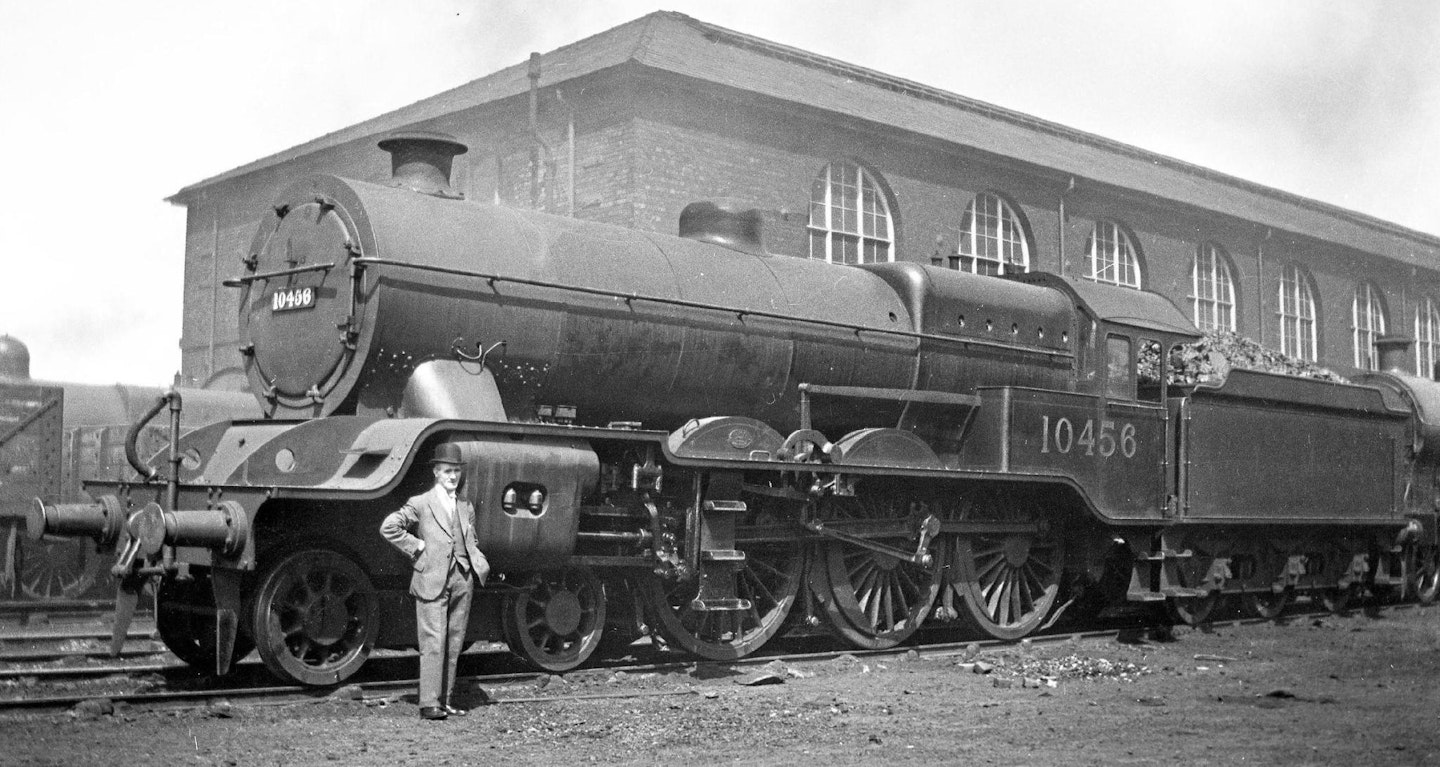
Something more powerful
The story of the design starts in 1907 when George Hughes, then in charge of all things relating to Lancashire & Yorkshire Railway’s motive power policy and design, identified the need for something more powerful than the current four ‐coupled express power. While that was capable of dealing with services over flat routes, such as Manchester to Liverpool, working increasingly heavy trains over the Pennines to Leeds and York required a design that had ‘pulling power’, possibly at the expense of high speed. The answer, Hughes believed, lay with a new design of 4‐6‐0 four ‐cylindered tender engine, this becoming known as L&Y Class 1506. It was also soon christened ‘Dreadnought’, a term applied to many things of large size at the time, as a new ‘large’ warship carrying that name had recently been launched. They were deemed to have a power classification of 8 under the L&Y system, which translated to Class 5 under LMS rules.
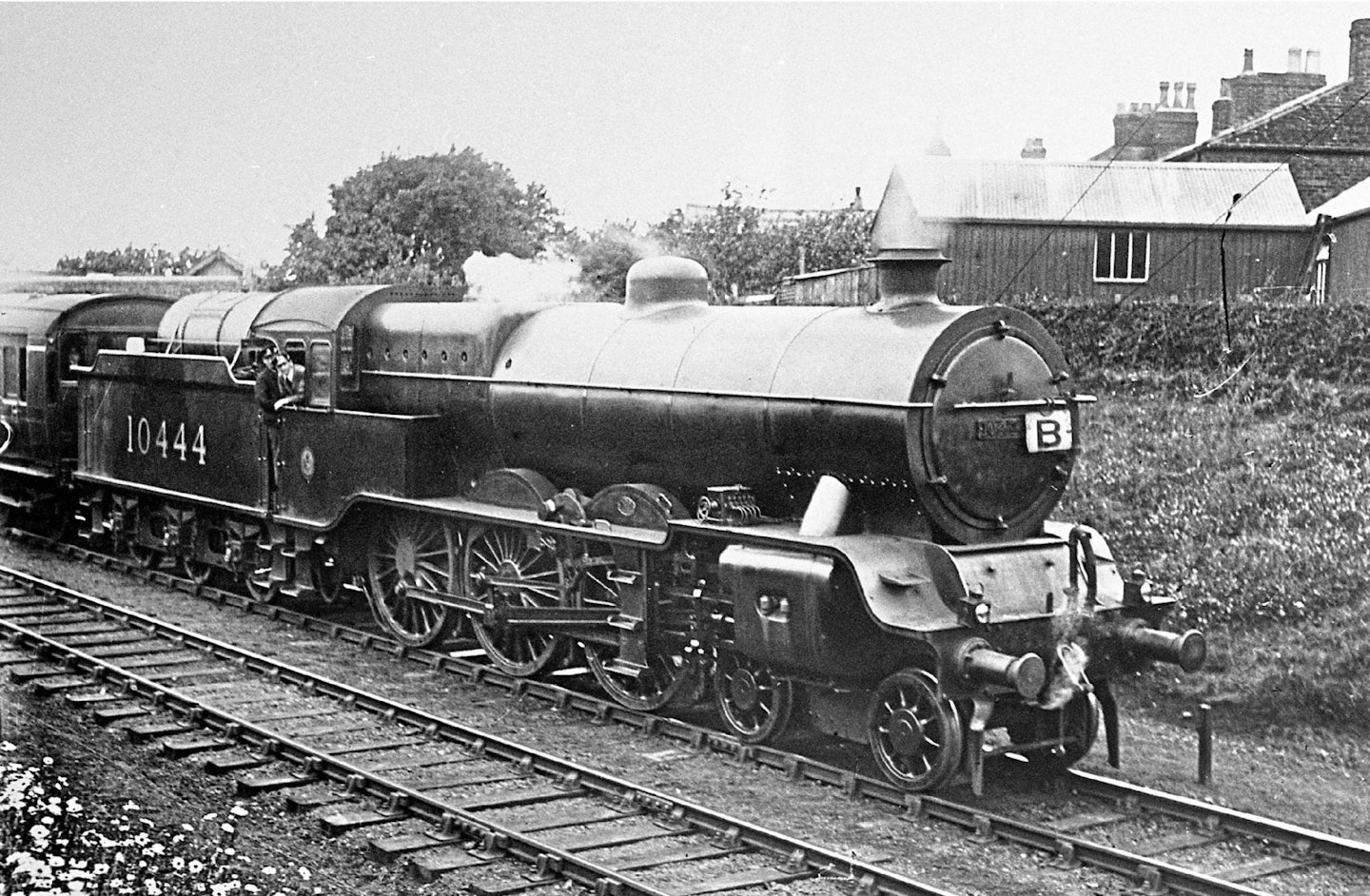
The first of 20 examples emerged in 1908 at a time when both valve gear design and superheated boilers were evolving quite quickly, so perhaps the type was already dated when it entered traffic as it employed Joy valve gear and a saturated steam boiler, although it did feature a Belpaire firebox. The 6ft 3in driving wheels, combined with a boiler pressure of 180lb/sq. in gave a tractive effort of 27156lb/f. The first of the class emerged from Horwich Works in June, numbered 1506, denoted by a cast oval plate on the cabside. The L&Y livery of the time was lined black. It was evident almost immediately that the production of steam was not satisfactory and adjustments were made to the blast pipe and chimney dimensions even before No. 1507 appeared the next month. Improved draughting was also required at the firebox end and this was addressed by fitting pipework to add air to the fire via the ashpan. As already noted, the engines were built with saturated steam boilers but such was the rate of change that they turned out to be the last 4 ‐ 6‐0s built for a British railway that did not employ superheating.
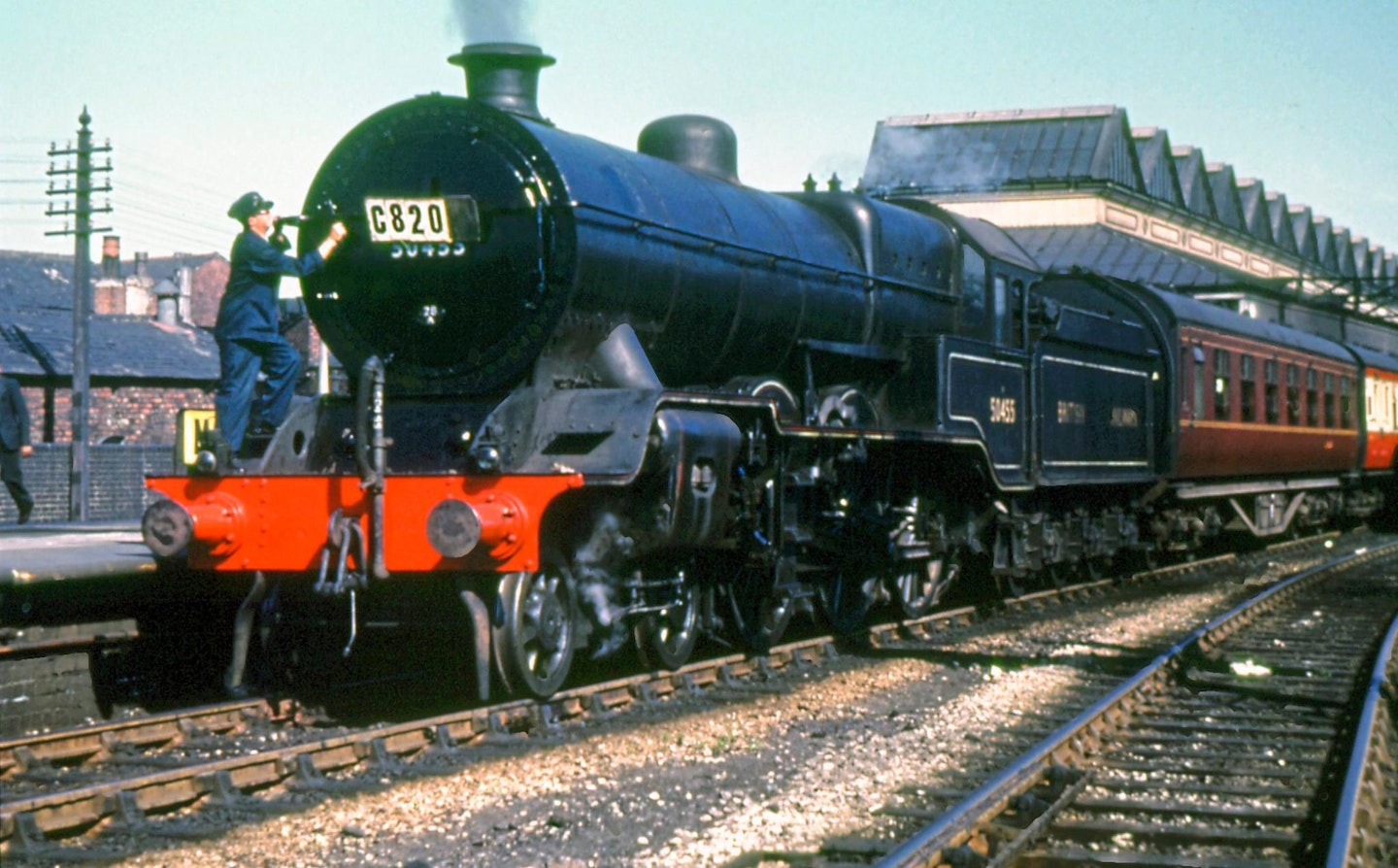
Big appetites
The order for 20 machines was completed in March 1909 when No. 1525 entered traffic, having been built under Horwich Lot 60. Changes to draughting continued and the class had a reputation for devouring coal supplies when employed on duties across the Pennines to Leeds, York and eventually Hull. Hughes successfully produced superheated boilers for some L&Y engines prior to the First World War, but when the conflict began it was not possible to apply this to the ‘Dreadnoughts’. The war years took their toll on the class and many were dumped at Horwich works, awaiting repair. Five more saturated boilers were built as a shortterm measure to get some engines back into service and those were fitted to Nos. 1507/8 and 1512/3/5.
However, a more radical solution was required and this came in the shape of a rebuild, although it seems that not that much of the original locomotives remained. The major changes were the use of a superheated boiler and Walschaerts valve gear, and with a tractive effort of 28,880lb/f the class briefly became the second most powerful in the country behind the S&D ‘7Fs’. The engines also looked more modern as an extended cab with side windows was provided.
In initial trials, the first engine, No. 1522, worked from Southport and then Blackpool (Talbot Road) with the trains including a dynamometer car. The rebuilt engine entered traffic in November 1920. At this point it should be noted that in 1921 the L&Y became part of the LNWR empire, two years before the formation of the LMS. Initially, this had little effect on developments as George Hughes remained the ‘man in charge’ in the extended company. The 15 engines that had not had one of the new boilers were rebuilt but not in numerical order, with the last to be done, No. 1518, completed in July 1921. The five that received the new saturated steam boilers were, however, condemned and they met their fate in 1924/5 under LMS ownership. They had been allocated LMS numbers 10400 ‐4, but these were never applied, while the 15 rebuilds carried the numbers 10405-19 but in the order of reconstruction rather than original build.
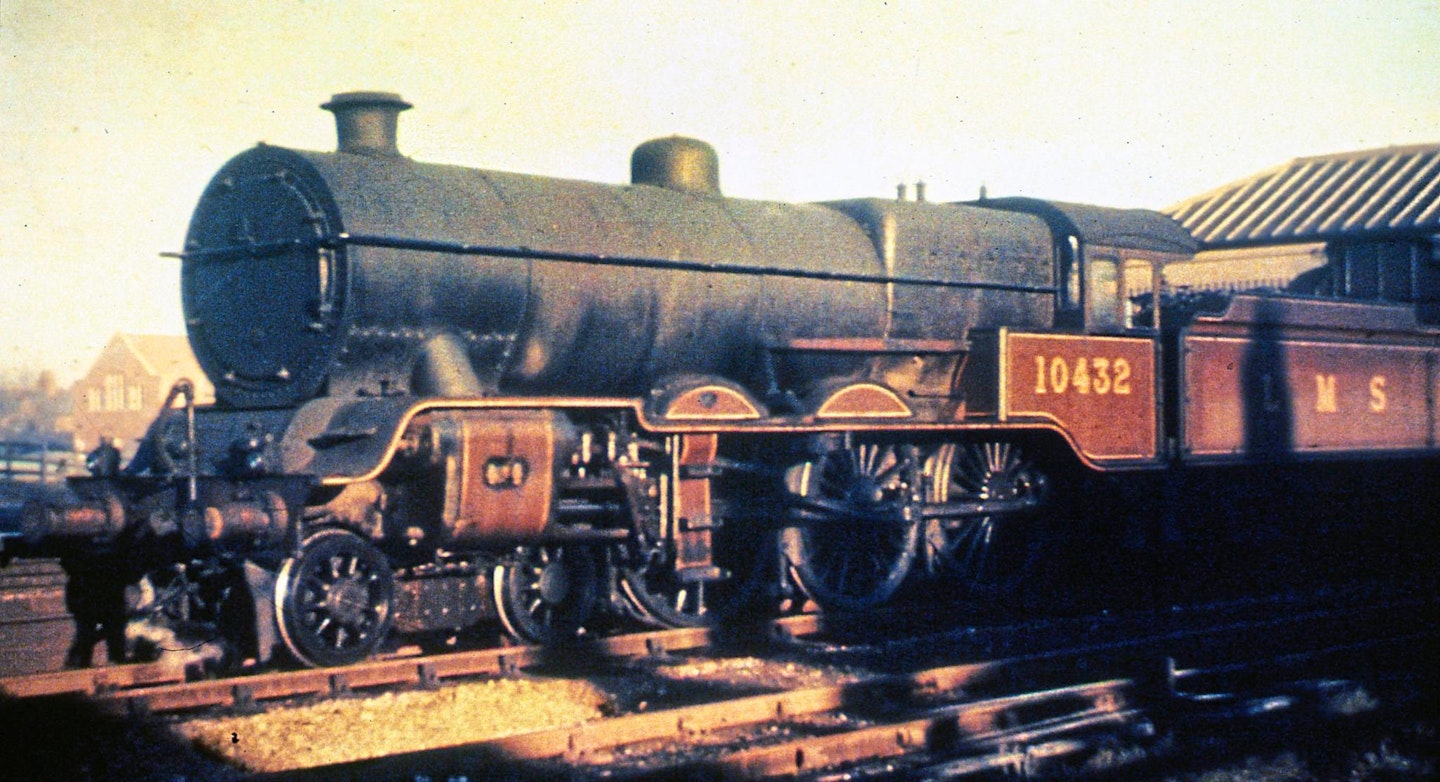
A new batch
In a decision probably taken in L&Y times, ten new engines, Nos. 1649-58, were built between August 1921 and May 1922. Later, they took LMS numbers 10420-10429 and were, again, constructed at Horwich under Lot 80. The amalgamation with the LNWR offered the chance to evaluate the class against the nominally similar ‘Claughton’ 4 ‐ 6‐0s. This showed the L&Y machines to be very capable and they extended their sphere of operation to work regularly over the West Coast Main Line to Carlisle, but also made occasional forays south to London. Still under LNWR control, Nos. 1659-64 were built under Lot 81 between November 1922 and January 1923 with production continuing under that lot for Nos. 1665 ‐77. These emerged still with the cast numberplates but bearing LM&SR initials rather than the L&YR branding of previous builds. In due course Nos. 1659-77 became LMS Nos. 10430-48. The final six locomotives under the lot, although allocated L&Y ‐series numbers Nos. 1678-83 did not carry them, and emerged as LMS Nos. 10449-54. It might have been expected that under LMS control No. 10454 might have been the last of the class, but George Hughes again became the man in charge – this time of the whole LMS locomotive fleet, and another order was placed for 20 engines, but initially as 4 ‐ 6‐4 ‘Baltic’ tanks under Lot 83 which were essentially a tank version of the type. However, it was felt that motive power needs could better be served by having 4 ‐ 6‐0s, which resulted in the appearance of Nos. 10455 ‐10474 between April 1924 and January 1925. With Hughes retiring a couple of years later, thus ended any hopes of building more ‘Dreadnoughts’.
As with most classes there were notable differences for the enthusiast. Nos. 10432-4 were fitted with Dabeg feed water heaters but they were soon removed owing to the cost of maintenance. The type were early converts to oil burning as a result of the 1926 coal miners’ strike, with 19 being so ‐fitted, and different sized tenders were paired with some engines. However, the future was not bright for the class. With the arrival of first the ‘Royal Scots’ and then the ‘Jubilees’ their presence on main line duties was no longer required. No. 10417 had met its end as early as 1926, and when No. 10414 was condemned in 1933, it heralded a rapid withdrawal of engines that were only ten to 15 years old.
Thirteen were condemned in 1934, seventeen the following year, and 20 in 1936, with another eight not making it to the start of the Second World War, that event almost certainly halting the final rapid removal from service of the ten survivors.
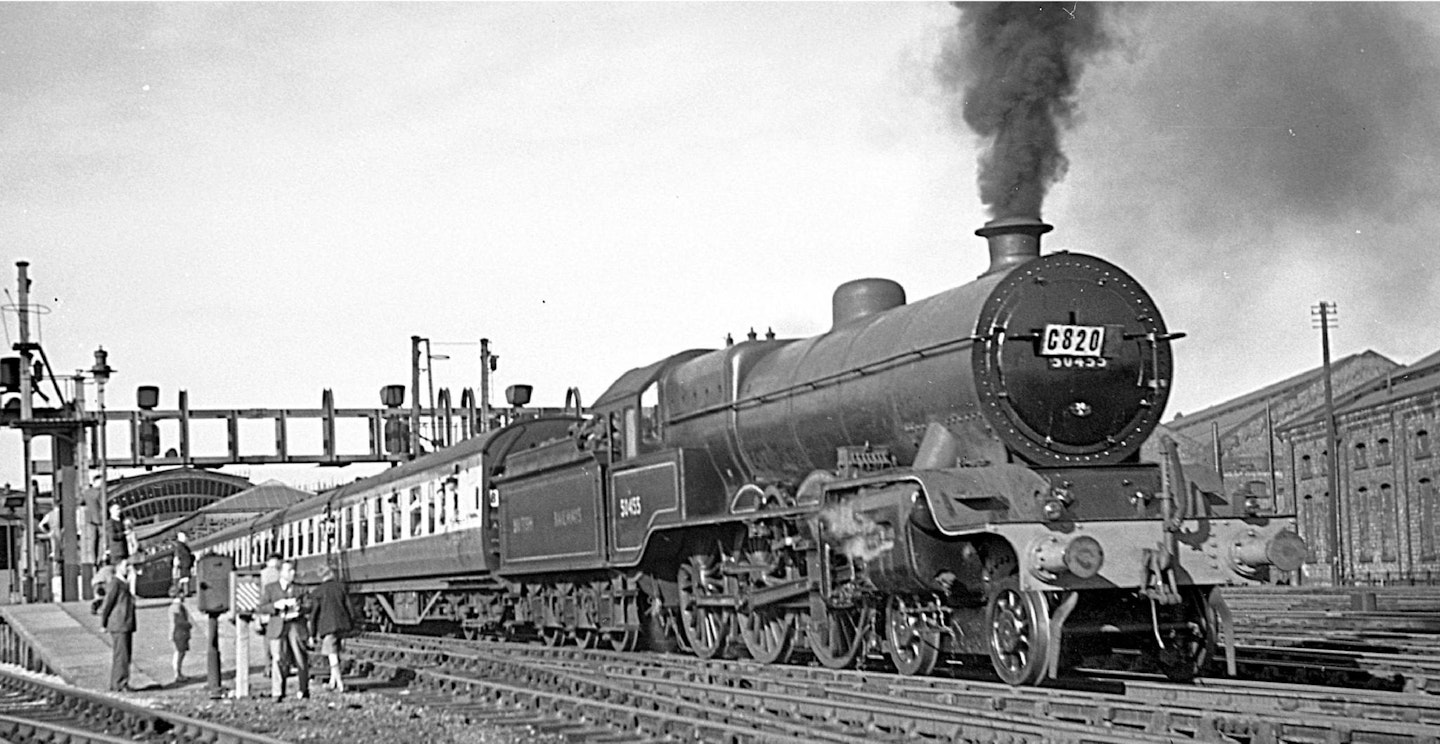
The end beckons
With three more condemnations taking place in 1946/7, British Railways inherited Nos. 10412/23/9/32/42/8/55 and allocated them matching numbers in the ‘50XXX’ range, but renumbering generally took some time to occur and so it was that the scrapman caught up with all but one while they still carried their LMS numbers, leaving 1924 ‐built No.50455 to attract the attention of enthusiasts. All seven of the survivors were allocated to Blackpool throughout their brief BR lives and generally seem to have done little worthy of recording in the railway press. The only reference in the RCTS’ Railway Observer states that “the final two class members 10442 and 50455 were on shed at Blackpool on 16 April 1950 and seem to only find work on freight duties”. No. 10442 was withdrawn four months later, leaving No. 50455, by now in BR lined black, to soldier on. Its place in history was cemented by the Stephenson Locomotive Society and the Manchester Locomotive Society, who jointly ran a farewell tour from Blackpool to York on July 1 1951 but condemnation did not come until October, although No. 50455 was said to have done little work in the intervening period.
The railtour leaflet was less than complimentary, carrying the wording ‘Excursion by an “Old Locomotive”. At just 25 years old, it was at the time very much a modern engine in the BR fleet. The return fare from Blackpool was 12/6 (52½p) with a departure at 9.30am. The Six Bells Junction website has some timing information for the trip, which showed that arrival at York was due at 1.08pm but was actually 1.50 with a return at 6.15pm. However it was last timed at Manchester when some 15 minutes down. Thus the curtain came down on a class that possibly only joined the annals of BR nostalgia owing to that final railtour outing.

